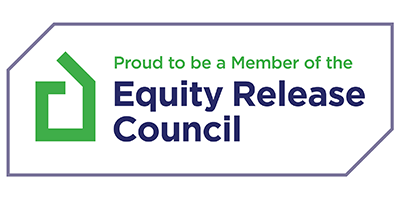In this article
Equity Release Interest Rates
Explained in 3 mins 47 seconds
Find more videos like this on MoneymanTV
Lifetime Mortgage Interest Rates
An equity release mortgage is a loan secured on your property, therefore, there is an interest rate payable similar with a regular mortgage.
Due to the increased risk to the lender and the additional administration on the application, the interest rates on an equity release plan are usually slightly higher than on a traditional mortgage.
With an equity release mortgage, the interest rate that you pay on your initial lump sum of cash is usually fixed for life so you will not have an expiry product end date, unlike a traditional mortgage product.
The interest rate that you will pay will depend on several factors, these include:
- Your age.
- Whether it’s a sole or joint application.
- The value of your property.
- How much equity you are looking to release.
- Market conditions and the economy.
It’s important not to get too focused on the interest rate, the features and flexibility with the equity release plan are equally important.
This is where seeking good independent mortgage advice will prove invaluable. Getting the right product for you will save you a lot of time and money, mistakes can be costly without a professional by your side.
An experienced advisor will recommend the best equity release plan for you based on both the interest rate and will ensure the plan is right for your needs both now and in the foreseeable future.
Minimising Equity Release Interest
In higher interest markets, equity release can be expensive therefore it’s important to seek independent mortgage advice to save you money and to keep any interest payments to a minimum.
There are ways of minimising the amount of interest payable on an equity release mortgage, these include:
- Consider the alternative products that are available, equity release should always be the last resort. Other products such as an interest-only mortgage or retirement interest only mortgage will have a lower interest rate.
- Consider any grants or family help that is available. Grants might be available if you are looking to make home adaptions to accommodate your Motability or disability.
- Taking the cash in smaller chunks as and when required rather than a lump sum. This is called drawdown equity release.
- Making a monthly payment if you can afford it to cover all or some of the interest.
- Consider making overpayments if your circumstances improve.
With a drawdown lifetime mortgage, you can take an initial lump sum and then have an agreed fund for you to release money as and when required. When the funds are required in the future, these will be taken at the interest rate at the time you need to the money. This can work well if you do not need all the cash upfront and will keep your interest payments to a minimum.







